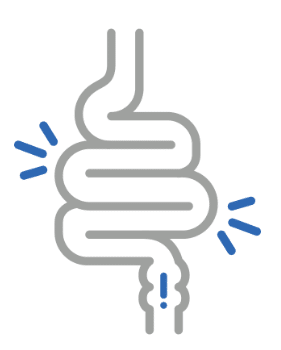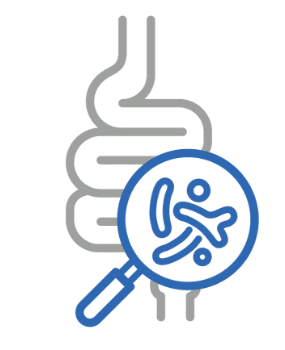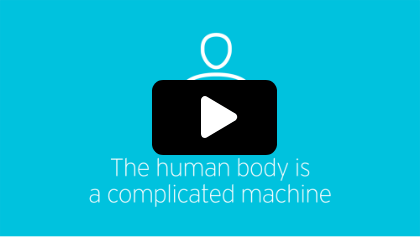Where and how is PN delivered?
PN is considered a major medical advancement of the 20th century and has been a lifesaving therapy for patients who could not otherwise be nourished.5 PN can be administered in the hospital, long-term care facilities, or at home, depending on the patient’s needs. Many patients continue receiving PN after being discharged from the hospital, supported by specialized care teams.
Central venous delivery1: Highly concentrated PN solutions are typically delivered via a central line that ends in the superior vena cava (SVC) or inferior vena cava (IVC), making it suitable for long-term use.
Peripheral venous delivery1: For shorter durations, PN may be administered through peripheral veins in the hand or forearm. This option provides flexibility for temporary needs while helping to ensure effective nutrition delivery.




